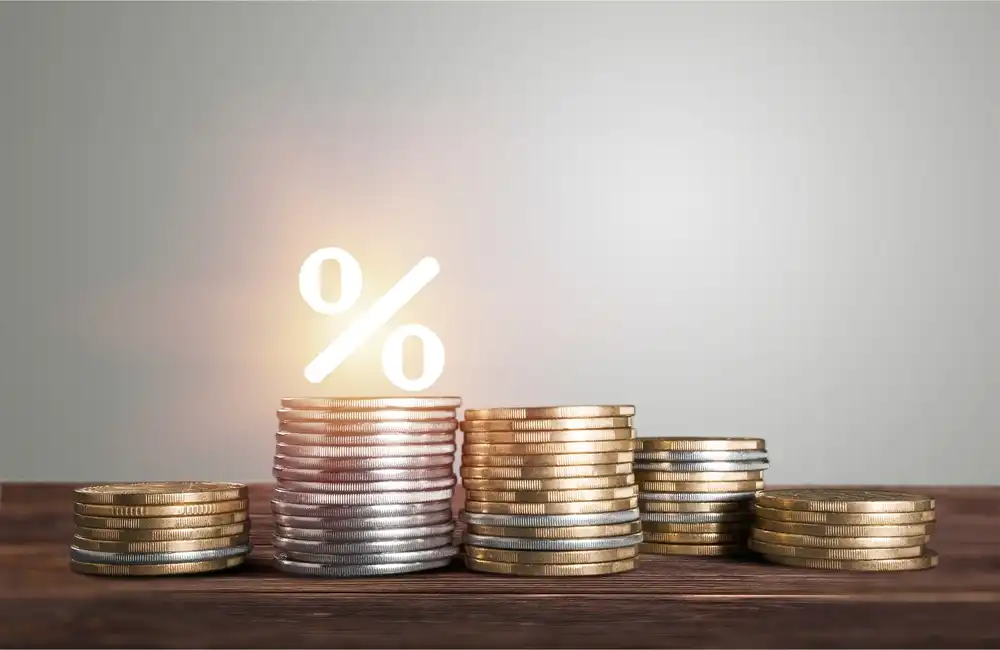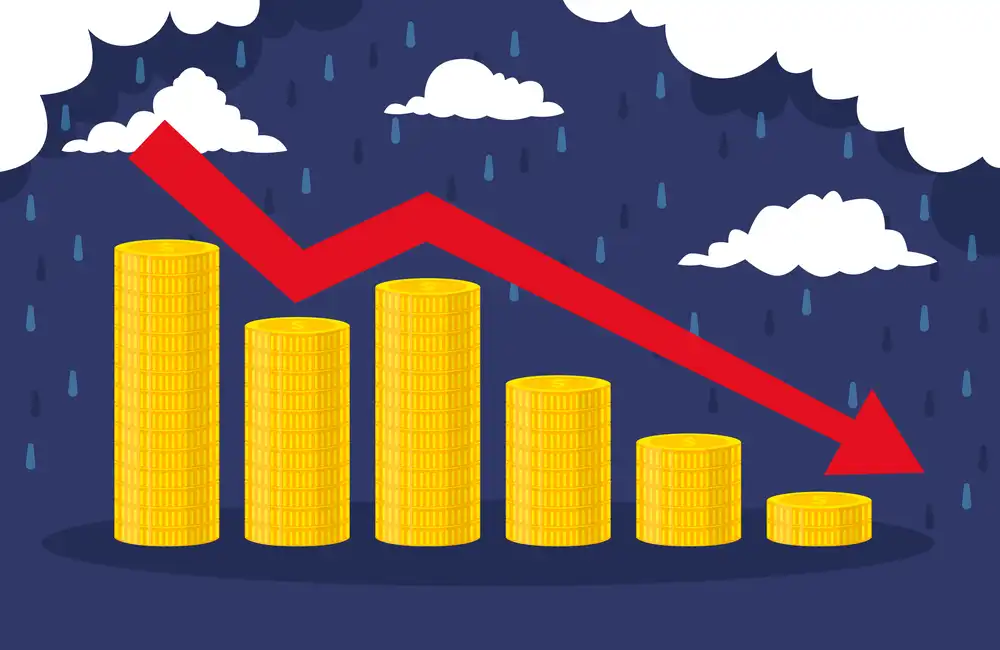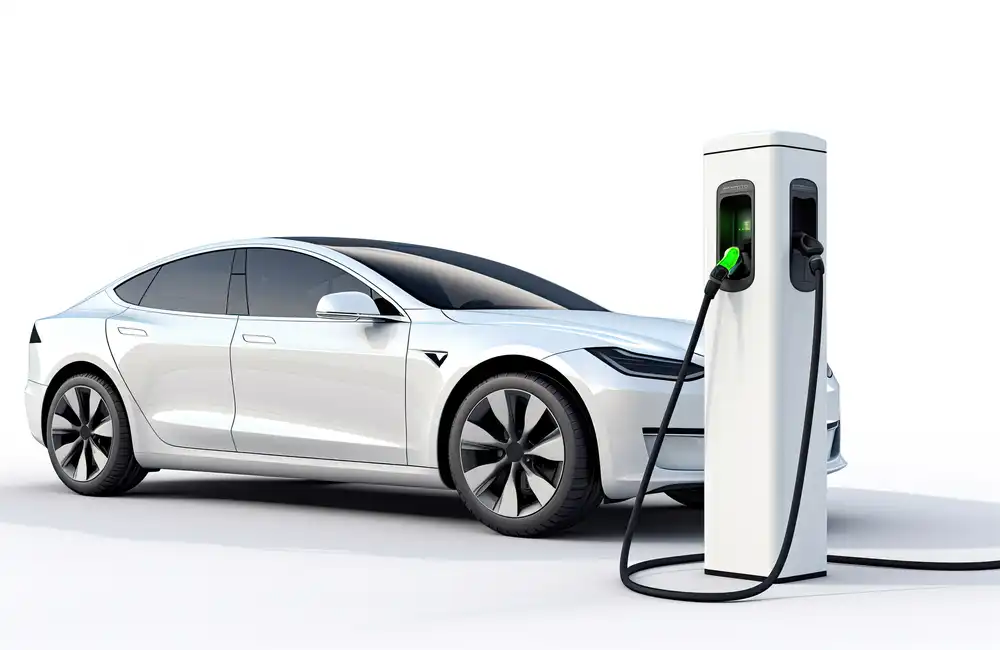The world is not slashing greenhouse gas emissions fast enough to avert climate change, the United Nations Intergovernmental Panel on Climate Change warned in a report on April 4.
IPCC Warns of Rising Emissions but Highlights Technological Progress as a Climate Solution
Persistent Emissions Rise Across Sectors
“Net anthropogenic GHG emissions have continued to rise since 2010 in all major sectors globally,” the Intergovernmental Panel on Climate Change (IPCC) stated in its Summary for Policymakers released April 4.
“Global CO2 emissions reductions from fossil fuel combustion and industrial processes due to improvements in energy intensity of GDP and carbon intensity of energy have been counterbalanced by increases in global activity levels in industry, energy supply, transport, agriculture, and buildings,” the IPCC added.
Technological Solutions and Falling Clean Energy Costs
Despite the emissions trajectory, the IPCC noted that technology continues to provide critical climate solutions, especially in the form of dramatically falling clean energy costs.
Between 2010 and 2019, the unit cost of:
- Solar energy fell by 85%
- Wind power dropped 55%
- Lithium-ion batteries declined 85%
This analysis comes from the IPCC's Climate Change 2022: Mitigation report, part of its Sixth Assessment Report cycle, published by Working Group III, which specializes in emissions reduction strategies.
A Decisive Decade
The IPCC and other organizations have designated the 2020s as a make-or-break decade for climate action. Despite many countries and corporations setting 2050 net-zero goals, atmospheric CO2 levels continue to climb annually.
“The first two of the IPCC’s reports told us that climate change is already with us, here and now,” said Inger Andersen, Executive Director of the UN Environment Program, during the April 4 IPCC broadcast. “This report tells us that we’re still not doing enough to reduce greenhouse gas emissions.”
The UNEP noted that emissions growth over the last 20 years marked the largest increase in human history. “The next 10 years cannot repeat the last decade,” Andersen warned. “Half-measures won’t reduce emissions by half by 2030—we’ve got to go all in.”
Global Policy Impact
The report, endorsed by 195 governments, provides a scientific foundation for national climate targets and policy frameworks across energy, transport, agriculture, and industry.
“Decisions now being taken by governments will determine climate targets’ success or failure,” said UN Secretary General António Guterres in response to the report.
U.S. Secretary of State Antony Blinken added: “The tools to address climate change are already available... from energy efficiency improvements, to preventing deforestation, to clean transportation and power.”
He emphasized the need for better governance, redirected financial flows, and international cooperation to improve the odds of success.
U.S. Energy Secretary Jennifer Granholm called the report a “clarion call,” saying, “It’s the largest opportunity in a generation to grow our economies, improve health, and invest in communities — and we can either take advantage of that today or pay the costs tomorrow.”






















